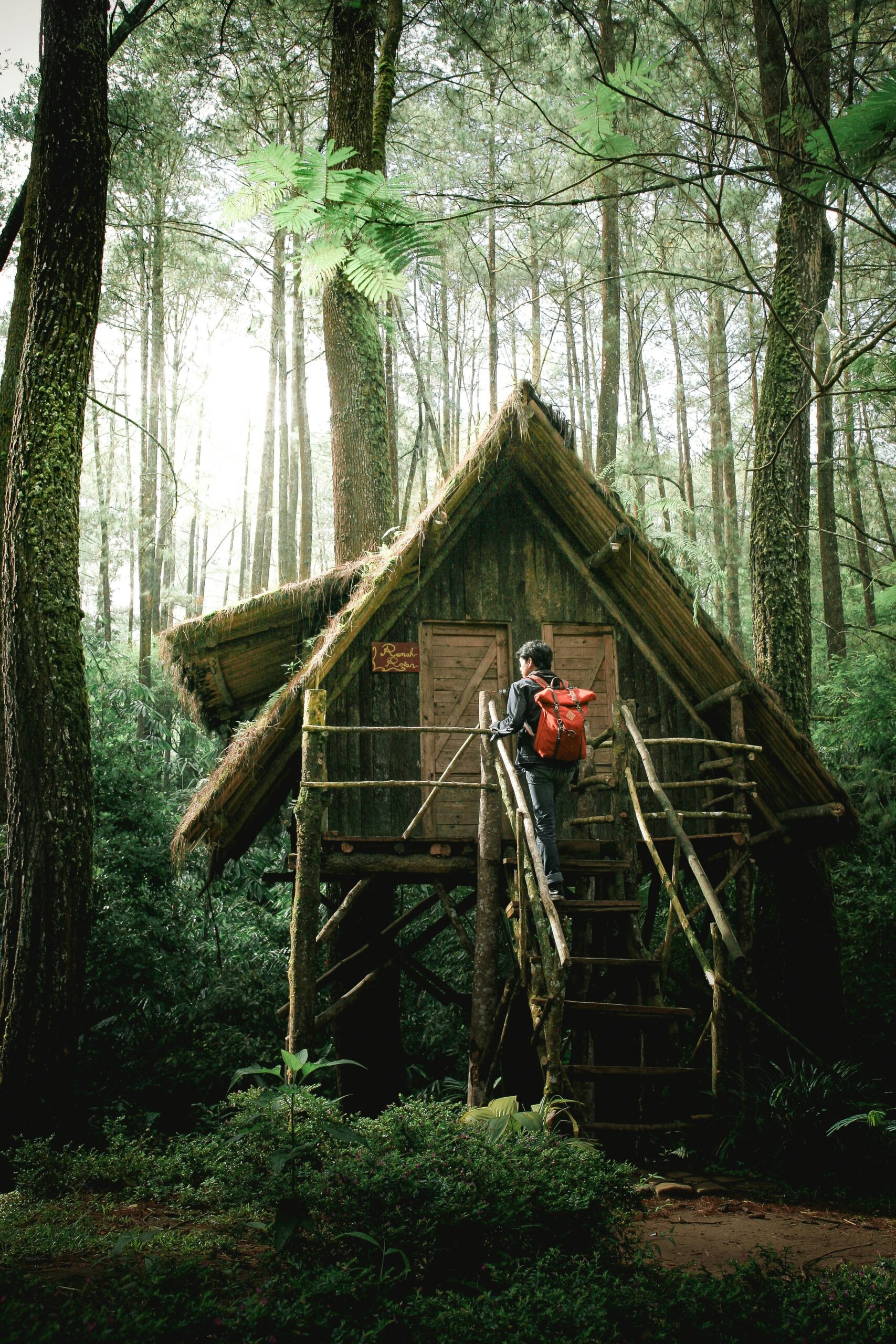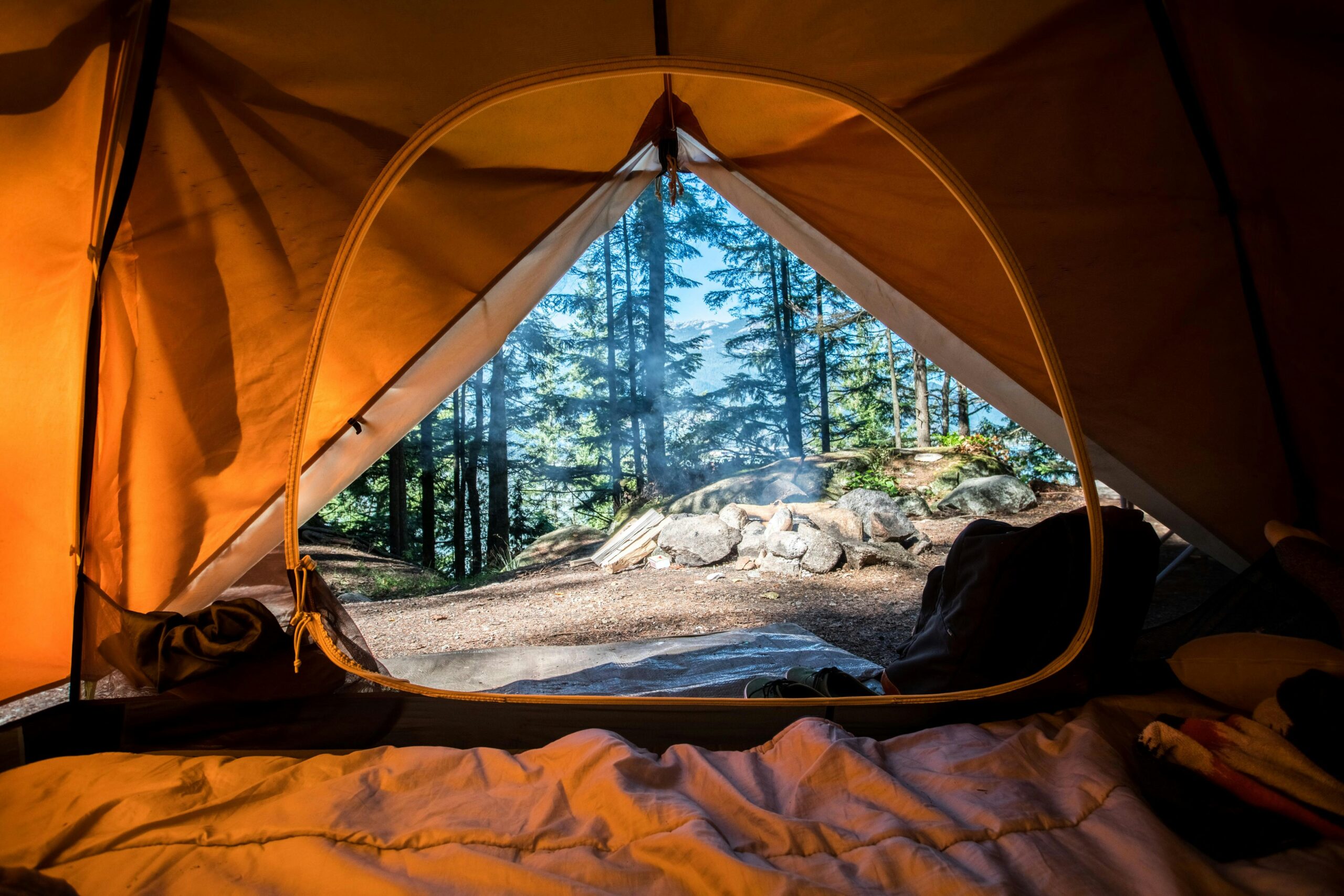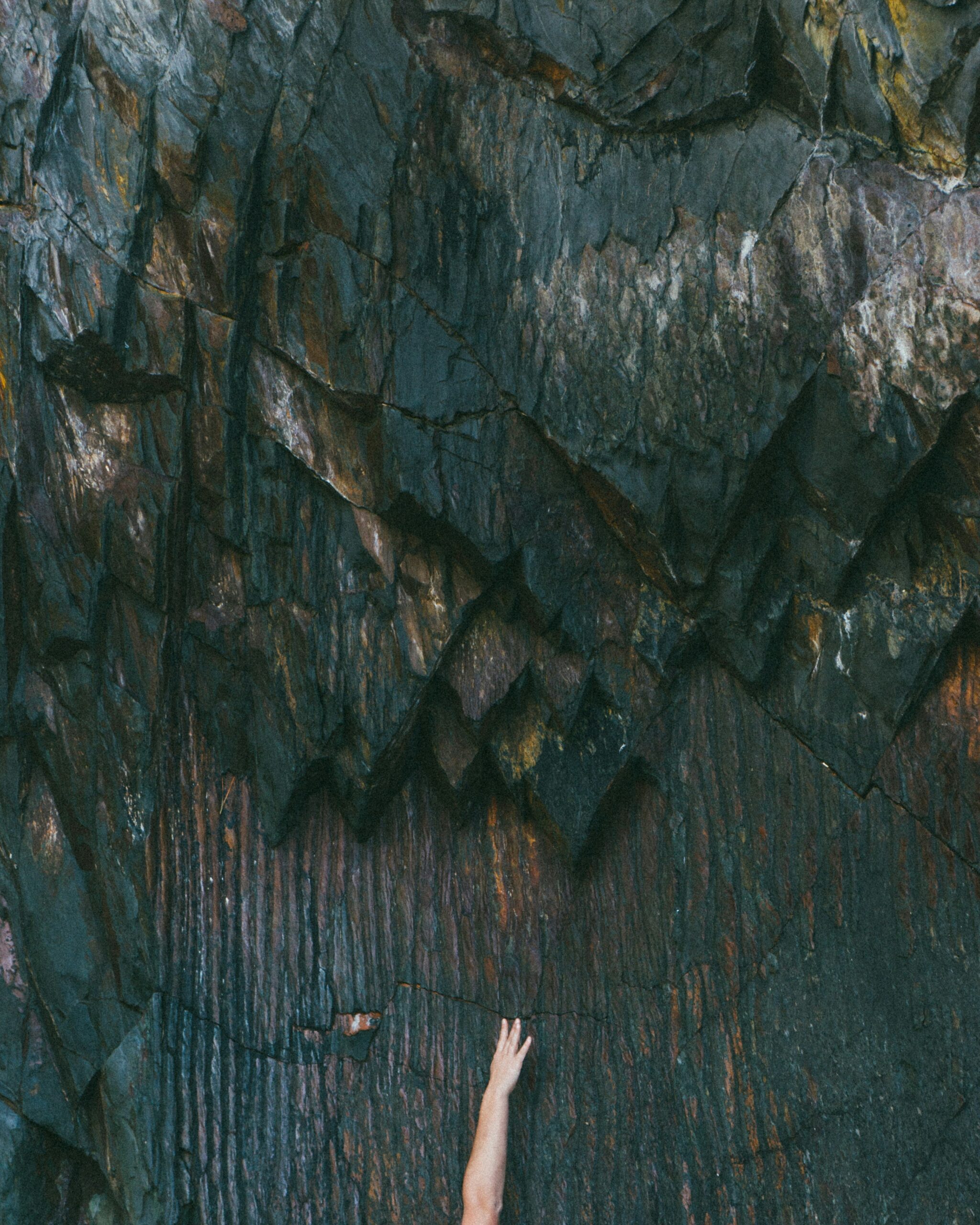Have you ever wondered if climbing Mount Shasta is a risky endeavor? Well, fear not, because we are here to give you all the answers! In this article, we will explore the potential dangers involved in scaling this majestic peak. From treacherous terrains to unpredictable weather conditions, we will uncover the challenges that climbers face and provide valuable insights to help you decide whether you should embark on this thrilling adventure or opt for a safer alternative. So, fasten your seatbelts and get ready to explore the exhilarating world of Mount Shasta!
Understanding the Terrain of Mount Shasta
Overview of the mountain's geographical features
Mount Shasta is a majestic peak located in Northern California, rising to an altitude of 14,179 feet. It is part of the Cascade Range and is considered one of the tallest and most beautiful mountains in the region. The mountain boasts picturesque glaciers, volcanic slopes, and stunning rock formations, making it a popular destination for climbers and outdoor enthusiasts from around the world.
Altitude and its effects on climbers
As you ascend Mount Shasta, the altitude becomes a significant factor to consider. The higher you climb, the thinner the air becomes, resulting in reduced oxygen levels. This can lead to altitude sickness, which includes symptoms such as nausea, headache, dizziness, and fatigue. It's essential to acclimatize slowly to the increasing altitude to avoid these effects and ensure a safe and enjoyable climb.
Seasonal variations in the mountain's terrain
The terrain of Mount Shasta undergoes significant changes throughout the year. During the winter months, the mountain is covered in snow, and the slopes become icy and treacherous. This makes climbing more challenging as climbers must navigate icy surfaces and be prepared for avalanches. In the summer, the snow melts, revealing rocky terrain that requires careful footing and navigation. It's crucial to be aware of these seasonal variations and adjust your climbing plans accordingly.
Risks and Dangers in Climbing Mount Shasta
Risk of avalanches
Mount Shasta is known for its potential for avalanches, especially during the winter and early spring months. The combination of heavy snowfall, steep slopes, and changing weather conditions creates an environment prone to these natural hazards. It is vital to monitor avalanche forecasts, stay informed about current conditions, and be prepared with the appropriate equipment, such as an avalanche transceiver, shovel, and probe.
Potential for getting lost
Navigating the mountain's vast terrain can be challenging, especially for inexperienced climbers. Mount Shasta has multiple routes to the summit, each with its own intricacies and potential pitfalls. It's crucial to thoroughly research and plan your route in advance, carry a detailed map or GPS device, and consider hiring an experienced guide who knows the mountain well.
Difficult climbing conditions
Mount Shasta's high altitude and unpredictable weather conditions can pose significant challenges for climbers. Severe winds, sudden storms, and extreme cold temperatures are common occurrences. These conditions can make climbing dangerous and increase the risk of hypothermia, frostbite, and other cold-related injuries. Proper gear, including warm clothing, sturdy boots, and protective equipment, is essential for tackling the mountain's harsh environment.

Preparation Before Climbing Mt Shasta
Physical fitness requirements
Climbing Mount Shasta requires a good level of physical fitness. The ascent is physically demanding, with steep slopes, rocky terrain, and long hours of continuous exertion. Regular cardiovascular exercise, strength training, and endurance-building activities, such as hiking and running, can help prepare your body for the rigors of the climb. Consult with a healthcare professional before undertaking any rigorous physical activity.
Training courses for climbing
For those new to mountaineering, enrolling in a climbing course or hiring a guide for training can be immensely beneficial. These courses teach essential skills like snow travel, self-arrest techniques, crevasse rescue, and route navigation. Learning from experienced instructors not only enhances your climbing abilities but also ensures your safety and the safety of those around you.
Appropriate gear and equipment for climbing
Having the right gear is crucial for a successful and safe climb. Proper attire, including insulated layers, waterproof outerwear, gloves, and hats, protects you from the cold and harsh weather conditions. You will also need specialized climbing equipment such as crampons, ice axes, harnesses, helmets, and ropes. Investing in high-quality gear and ensuring it is in good condition is essential for your safety on the mountain.
Understanding weather conditions
Being knowledgeable about the weather conditions on Mount Shasta is vital for planning a successful climb. The mountain's weather is known for its rapid changes, so monitoring forecasts from reliable sources is crucial. Pay attention to wind speed, temperature drops, and the presence of storm systems. It is advisable to plan your climb for a period of stable weather and be prepared to abort the climb if conditions worsen unexpectedly.
Peak Climbing Seasons and Their Risks
Peak climbing seasons
The most popular climbing seasons on Mount Shasta are typically during the summer months of June to September when the majority of the snow has melted, and the weather conditions are relatively stable. During this time, the mountain experiences a higher number of climbers attempting the ascent.
Increased risks during peak seasons
Climbing during the peak season brings its own set of risks. With more climbers on the mountain, there is an increased chance of accidents and traffic congestion. Campsites and trails may become overcrowded, making it challenging to find suitable spots for rest and overnight stays. It is essential to exercise caution and be aware of other climbers to ensure everyone's safety.
Benefits and drawbacks of climbing in off-peak seasons
Climbing during the off-peak seasons, such as in winter or early spring, offers a quieter and more secluded experience. However, these seasons come with their own risks. The mountain's terrain is covered in snow and ice, making it more challenging and dangerous to navigate. Additionally, the risk of avalanches is higher during these times. Climbers considering an off-peak ascent should be well-prepared, experienced, and equipped to handle the increased hazards.

The Importance of Experienced Guides
Role of a guide in the climb
Experienced guides play a crucial role in ensuring a safe and successful climb of Mount Shasta. They possess intimate knowledge of the mountain's terrain, weather patterns, and potential hazards. A guide helps navigate challenging sections, provides valuable advice on route selection and technique, and assists in managing risks. Having a guide with you significantly increases your chances of a successful summit while minimizing potential dangers.
Guide qualifications and selection
When choosing a guide, it is vital to select a qualified and reputable professional with extensive mountaineering experience. Look for guides who are certified by recognized organizations, possess wilderness first aid training, and have excellent reviews from previous climbers. Conduct thorough research, ask for recommendations, and consider consulting with experienced climbers to find the right guide for your specific needs.
How guides mitigate risks
Experienced guides are skilled in identifying and mitigating risks associated with climbing Mount Shasta. They continually assess the changing conditions, monitor weather forecasts, and adjust the plan accordingly. Guides are well-trained in emergency response and can provide first aid in case of injuries or illnesses. They also educate climbers about potential dangers, enforce safety protocols, and ensure clients have the necessary skills and equipment to handle the challenges they may encounter on the mountain.
Avalanche Safety and Risks on Mount Shasta
Causes of avalanches
Avalanches on Mount Shasta can be triggered by various factors, including heavy snowfall, rapid temperature changes, strong winds, and human activity. The mountain's steep slopes and complex topography contribute to the instability of snowpack, increasing the likelihood of avalanches. It is crucial to be aware of these causes and take necessary precautions to minimize the risk.
Preventing and surviving avalanches
To prevent avalanches, climbers should avoid areas with unstable snow, especially in steep terrain. Familiarize yourself with avalanche safety techniques, such as recognizing signs of unstable snow, practicing safe travel distances between climbers, and using appropriate equipment like avalanche beacons and probes. If caught in an avalanche, move to the side or seek shelter behind a large object, attempt to stay on the surface, and create an air pocket to increase chances of survival.
Avalanche forecast and its interpretation
Before attempting to climb Mount Shasta, it is crucial to study avalanche forecasts provided by reliable sources, such as the national or local avalanche center. These forecasts give vital information about the stability of the snowpack, potential avalanche danger zones, and recommended precautions. Learning how to interpret these forecasts correctly is essential for making informed decisions about your climb and adjusting plans as necessary.

Altitude Sickness on Mount Shasta
Symptoms of altitude sickness
Altitude sickness, also known as acute mountain sickness (AMS), can occur when climbing at high altitudes. Symptoms include headache, nausea, loss of appetite, fatigue, and dizziness. It is essential to recognize the early signs of AMS, as ignoring them can lead to more severe conditions like high altitude pulmonary edema (HAPE) or high altitude cerebral edema (HACE), both of which can be life-threatening.
Preventing altitude sickness
To prevent altitude sickness on Mount Shasta, climbers should prioritize gradual acclimatization. Ascend slowly, allowing your body time to adjust to the decreased oxygen levels. Hydration is crucial, so drink plenty of fluids throughout the climb. Avoid alcohol and sleeping at high altitudes before acclimatization. If symptoms of AMS become severe, it is essential to descend to a lower elevation immediately.
Treatment for altitude sickness during the climb
If you or someone in your climbing group experiences symptoms of altitude sickness during the climb, it is crucial to take immediate action. Descend to a lower altitude to alleviate symptoms and allow the body to recover. Resting, hydrating, and consuming a high-calorie diet can also help mitigate the effects of altitude sickness. If symptoms worsen or do not improve, seek medical attention as soon as possible.
Emergency Situations and Rescue Operations
What constitutes a climbing emergency
A climbing emergency on Mount Shasta can include a wide range of situations, such as severe injury, illness, a sudden storm, getting lost, or equipment failure. Any situation that puts the safety and well-being of climbers at risk and requires immediate assistance qualifies as an emergency. It is essential to be prepared for these situations and have a plan in place to initiate rescue if needed.
Processes of initiating rescue
In the event of a climbing emergency, it is crucial to contact the appropriate authorities to initiate rescue operations. This typically involves calling 911 or the local rescue coordination center and providing accurate and detailed information about the emergency. It is essential to remain calm, follow their instructions, and ensure that all members of your party are accounted for and safe.
Rescue operations and their risks
Rescue operations on Mount Shasta can be complex and risky. High altitude, severe weather conditions, and difficult terrain make rescue efforts difficult and time-consuming. Search and rescue teams often face challenging circumstances and put their lives at risk to save climbers in distress. It is therefore essential to minimize the need for rescue by practicing good judgment, preparing adequately, and adhering to safety protocols.
The Climbing Regulations on Mount Shasta
Local and federal climbing regulations
Mount Shasta is subject to local and federal regulations that aim to protect the mountain and ensure the safety of climbers. These regulations may include restrictions on camping, permits, waste management, and guidelines for responsible climbing practices. It is crucial to familiarize yourself with these regulations and abide by them to help preserve the mountain's natural beauty and minimize environmental impact.
Permits and fees for climbing
To climb Mount Shasta, climbers are often required to obtain permits and pay fees. These permits help manage the number of climbers on the mountain at any given time and also contribute to the maintenance and protection of the area. Ensure you obtain the necessary permits and pay any required fees before your climb to avoid legal issues and support the preservation efforts of the mountain.
Consequences of breaking regulations
Breaking climbing regulations on Mount Shasta can have serious consequences. Violators may face fines, citations, or even be denied future access to the mountain. It is important to respect the rules put in place to protect the mountain's fragile ecosystems, preserve its natural beauty, and ensure the safety of all climbers.
The Ethical Considerations of Climbing Mount Shasta
Respect for the mountain and local traditions
When climbing Mount Shasta, it is crucial to show respect for the mountain and the local indigenous traditions associated with it. Avoid disturbing or damaging natural features, leave no trace by properly disposing of waste, and avoid causing unnecessary noise pollution. Familiarize yourself with the cultural significance of the mountain to the local communities and honor their traditions and beliefs.
Potential environmental impact of climbing
Climbing Mount Shasta, particularly during peak seasons, can have a significant impact on the mountain's fragile ecosystem. Increased foot traffic, vegetation trampling, and improper waste disposal can harm the natural environment and disturb wildlife habitats. Minimize your environmental impact by adhering to Leave No Trace principles, staying on designated trails, and properly disposing of waste.
Keeping the safety of fellow climbers and rescuers in mind
As you climb Mount Shasta, it is crucial to prioritize the safety of both yourself and others. Be mindful of other climbers on the mountain, maintain good communication, and offer assistance when needed. In the event of an emergency, ensure the safety of rescue personnel by following their instructions, providing accurate information, and cooperating fully. Remember that everyone on the mountain is part of a shared community and should support and watch out for one another.
